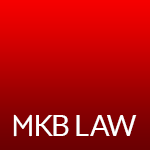Coronavirus and Company meetings
Published 30 April 2020
We have had a lot of enquiries from clients about how to conduct Company meetings during lock down.
The “Stay at Home” measures published by the Government on 26th March apply to Company meetings in the same way as they apply to other gatherings. These restrictions will raise problems for companies with diverse memberships such as public companies and incorporated clubs, societies and charities.
Board Meetings:
Unlike general (shareholder or member) meetings, the Companies Act 2006 does not regulate how board meetings are to be conducted. The procedure for calling and holding board meeting is set out the company’s articles and typically allows considerable flexibility and freedom. In every case the meeting must by quorate to be effective. Once that can be achieved then the issues are largely practical:
Choosing the right communication channel – video is more engaging and probably allows greater participation, but audio or conference calls are more stable. You don’t want a decision to be challenged because a director’s broadband dropped and the meeting lost its quorum. Even if the meeting is to be conducted by video, we have found it helpful to circulate a dial in number as backup.
Meetings should be well structured – virtual meetings do not allow the same interaction as physical meetings and this means that the structure of the meeting should be kept simple, its purpose should be clear and the method of making and recording decisions clearly set out.
Preparation is key – not only should you circulate your usual board packs with the agenda the directors should all be told how the meeting will work. The host should open the call in good time to make sure any connection issues are addressed. It’s a good idea to have someone who understands the technology on standby to sort out any problems during the meeting as the Chair can’t do this as well as chair the meeting.
Conducting the meeting – the Chair has to keep control of the meeting and the participants have to be mindful of the additional pressures on the Chair. It is important to record when a member leaves or joins the meeting. “Ground rules” for the meeting can be circulated in advance. Members should ensure that have easy access to the agenda and other board papers before the meeting starts and not spend meeting time hunting through emails.
Remember, the Companies Act does allow alternatives to a meeting such as the written resolution procedure.
General Meetings:
A public company must call an annual general meeting (AGM) each year within six months following its accounting reference date. A private company is not required to hold an AGM, but it may choose to do so, or it may have provisions in its articles of association that require it to do so. In practice many charities or associations need to have an AGM to approve accounts or appoint officers.
For companies incorporated with the Model Articles electronic participation in meetings will be possible. Older companies using Table A should review their articles to make sure they allow members to join remotely. Even where the Model Articles apply there are improvements we recommend to allow remote participation to be more easily managed.
There is some doubt as to whether an entirely virtual general meeting is effective because the Act requires the meeting to have a “place”. Jimmy Choo had the first entirely virtual general meeting for a listed company in the UK but amended its articles to make this possible. The best solution, where permitted by the company’s articles, is to have a hybrid meeting consisting of a small physical meeting observing the rules on social distancing, with the majority of the members accessing the meeting using electronic means. Each member must be able to hear what happens during the course of the meeting and to speak to the meeting as a whole but there is no requirement for members to be able to see each other.
However, notice of the meeting must be sent in hard copy unless a member has already agreed to receive it electronically. Now is a good time for organisations to collect e-mail addresses (or fax numbers) from members and to get consent to communication by email. If the meeting is to have a virtual element the notice of the meeting must contain all of the information necessary to allow the member to participate in the meeting – including any dial up number or internet address, passwords or access codes.
The practical suggestions for directors’ meetings apply to the virtual element of any general members meetings. Test the technology, allow members to log in early (be careful about open microphones) and set out the ground rules.
Possibly the greatest challenge to managing member meetings is that systems must be in place to record how members vote on each resolution. For meetings happening during the coronavirus crisis we would strongly recommend encouraging members to appoint proxies because fewer people voting will simplify the process. A proxy form can be submitted to an email address supplied by the company and is deemed to have been received 48 hours after being sent. If uploaded to a website, they are deemed to be received immediately and some organisations may consider using coronavirus as the time to improve websites to enable easier communication with members. The actual systems that may be used to record votes will depend upon the number of members who may virtually attend the meeting.
Chairing a virtual general meeting will bring its own challenges:
How to decide who speaks next?
How can you be confident that every member who wants to speak is given a chance?
Should members be encouraged to submit questions in advance?
How should members identify themselves to the meeting?
It is sensible to send a guide to how the meeting will be conducted including a protocol setting out the arrangements for speaking and voting when sending out the notice convening the meeting.
The Chair should not try to do to much. Chairing a virtual meeting is more difficult than chairing a physical meeting and it is important that the Chair is supported by someone who can record votes, see who wants to speak and monitors participation (particularly if there is a risk of losing a quorum if members leave or drop out of the meeting).
These are interesting times and will call for novel solutions. Each company will create its own unique circumstances and we are happy to provide assistance in making sure that meetings comply with both the Companies Act and the articles. We are also happy to help with amendments to articles to make it easier to run company meetings.
Further reading – the Chartered Governance Institute has issued: “Good practice for virtual board and committee meetings”, “AGMs and the impact of Covid-19” and “AGMs and the impact of Covid-19: Supplement”.
This article is for general guidance only and should not be regarded as a substitute for professional legal advice.



